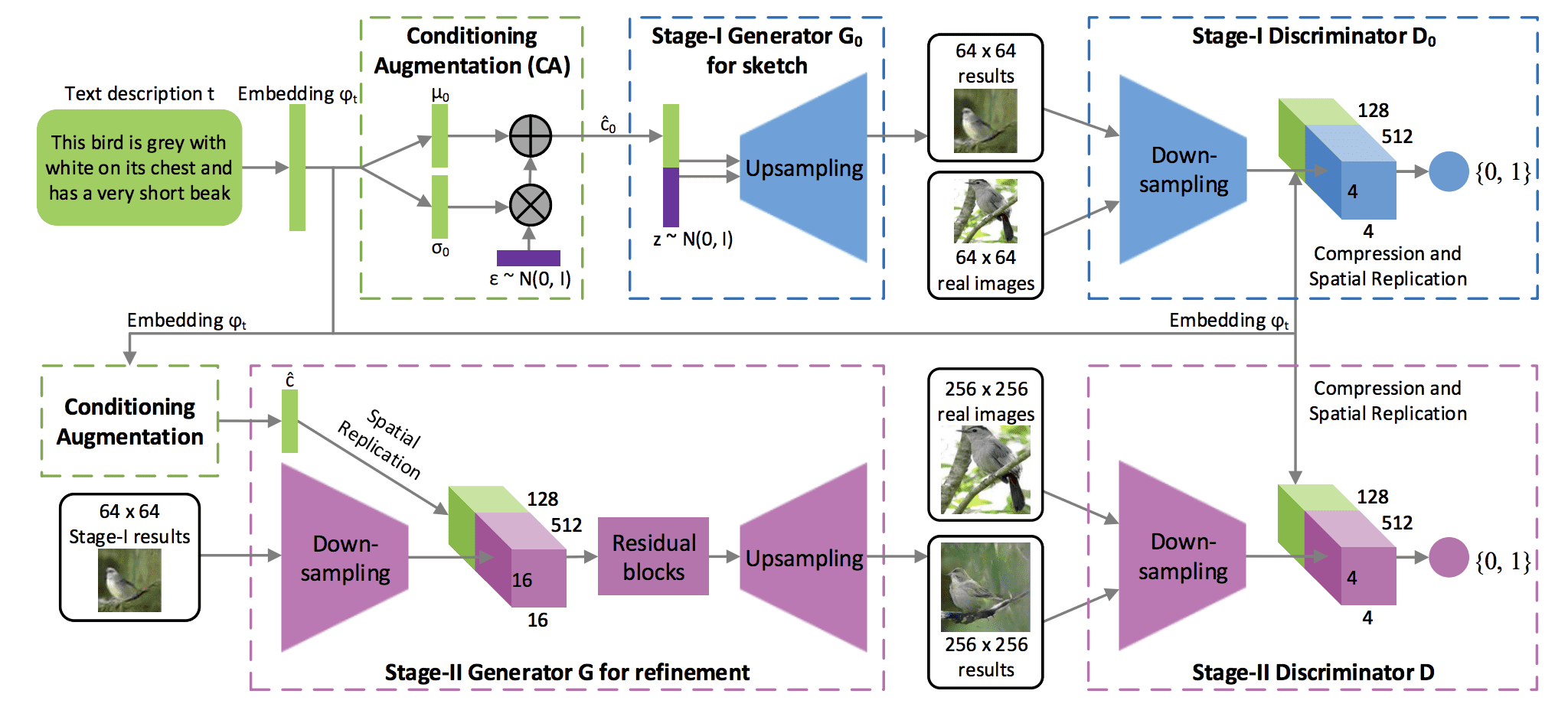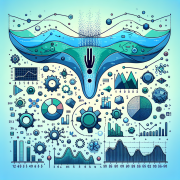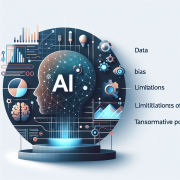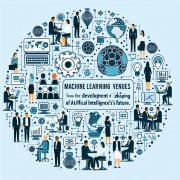Exploring the Future of Structured Prediction in Machine Learning
Delving Deep into the Realm of Structured Prediction in Machine Learning
In today’s fast-evolving technological landscape, machine learning (ML) stands as a cornerstone of innovation, powering countless applications from natural language processing to predictive analytics. Among the diverse branches of ML, Structured Prediction emerges as a critical area, driving advancements that promise to redefine the capability of AI systems to interpret, analyze, and interact with the complex structures of real-world data. This exploration not only continues the dialogue from previous discussions but delves deeper into the intricacies and future directions of machine learning’s structured prediction.
The Essence of Structured Prediction
At its core, structured prediction focuses on predicting structured outputs rather than scalar discrete or continuous outcomes. This includes predicting sequences, trees, or graphs—elements that are inherent to natural language texts, images, and numerous other domains. Unlike traditional models that predict a single value, structured prediction models handle multiple interdependent variables, requiring a more sophisticated approach to learning and inference.
One of the fundamental challenges in this field is designing models that can efficiently handle the complexity and dependencies within the data. Recent progress in deep learning has introduced powerful neural network architectures capable of capturing these subtleties, transforming how we approach structured prediction in machine learning.
Advanced Techniques and Innovations
Deep neural networks, particularly those employing Recurrent Neural Networks (RNNs) and Convolutional Neural Networks (CNNs), have shown remarkable success in structured prediction tasks. RNNs are particularly suited for sequential data, while CNNs excel in spatial data analysis, making them instrumental in areas such as image segmentation and speech recognition.
One notable innovation in this domain is the use of Generative Adversarial Networks (GANs) for structured prediction. As discussed in a prior article on Revolutionizing Creativity with GANs, these models have not only revolutionized creativity but also shown potential in generating complex structured outputs, pushing the boundaries of what’s achievable in AI-generated content.
< >
>
Structured Prediction in Action
Real-world applications of structured prediction are vast and varied. In natural language processing (NLP), for example, tasks such as machine translation, summarization, and sentiment analysis rely on models’ ability to predict structured data. Here, the interplay of words and sentences forms a complex structure that models must navigate to generate coherent and contextually relevant outputs.
In the sphere of computer vision, structured prediction enables models to understand and delineate the composition of images. This involves not just recognizing individual objects within a scene but also comprehending the relationships and interactions between them, a task that mirrors human visual perception.
< >
>
Challenges and Ethical Considerations
While the advances in structured prediction are promising, they bring forth challenges and ethical considerations, especially regarding data privacy, security, and the potential for biased outcomes. Developing models that are both powerful and responsible requires a careful balance between leveraging data for learning and respecting ethical boundaries.
Moreover, as these models grow in complexity, the demand for computational resources and quality training data escalates, presenting scalability challenges that researchers and practitioners must address.
Looking Ahead: The Future of Structured Prediction
The future of structured prediction in machine learning is indelibly tied to the advancements in AI architectures, algorithms, and the overarching goal of achieving models that can understand and interact with the world with near-human levels of comprehension and intuition. The intersection of cognitive computing and machine learning underscores this path forward, heralding a new era of AI systems that could effectively mimic human thought processes.
As we press forward, the integration of structured prediction with emerging fields such as quantum computing and neuroscience could further unlock untapped potentials of machine learning, paving the way for innovations that currently lie beyond our imagination.
< >
>
In conclusion, structured prediction stands as a fascinating and fruitful area of machine learning, encapsulating the challenges and triumphs of teaching machines to understand and predict complex structures. The journey from theoretical explorations to impactful real-world applications demonstrates not just the power of AI but the ingenuity and creativity of those who propel this field forward. As I continue to explore and contribute to this evolving landscape, I remain ever enthused by the potential structured prediction holds for the future of artificial intelligence.









Hey everyone, David here. I penned this piece to deepen our understanding of structured prediction in machine learning – a topic close to my work and heart. It’s fascinating to see how AI continues to evolve and how structured prediction is shaping the future. I hope this article sparks interest and throws light on the significance and challenges of this crucial AI field. Looking forward to your thoughts!
While the advancements in structured prediction are undeniably impressive, I can’t help but feel a bit cautious about the direction we’re heading. The ethical concerns and potential biases within these AI systems have always been a sticking point for me. As someone deeply involved in the technological field, the balance between innovation and responsibility is paramount. This article definitely sheds light on some critical areas, but I believe our focus should also strongly lean towards addressing these ethical dilemmas.